Isothecium Alopecuroides: A Captivating Moss with a Vibrant Ecological Role
Affiliate Disclaimer: As an affiliate, we may earn a small commission when you make a purchase from any of the links on this page at no additional cost to you!
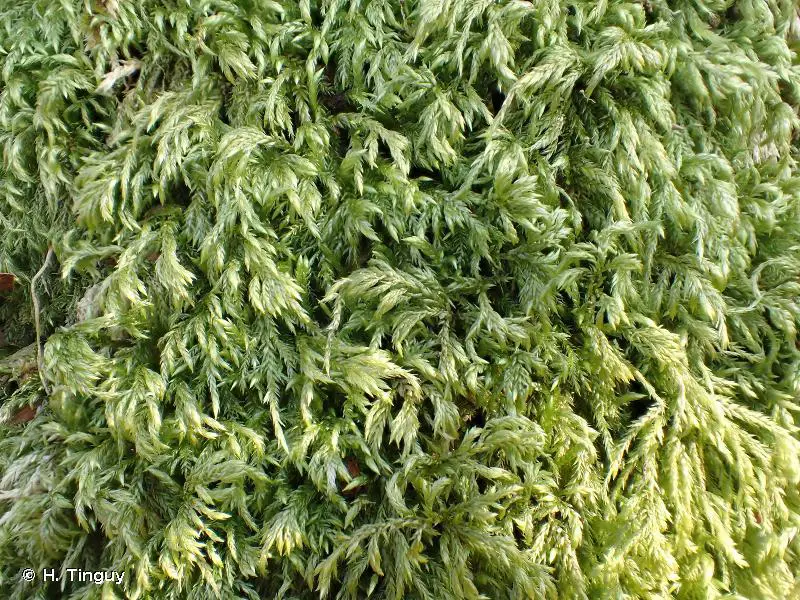
185764.jpg from: https://inpn.mnhn.fr/espece/cd_nom/5886
Introduction
In the vast and captivating world of bryophytes, one particular moss species stands out for its unique charm and ecological significance – the
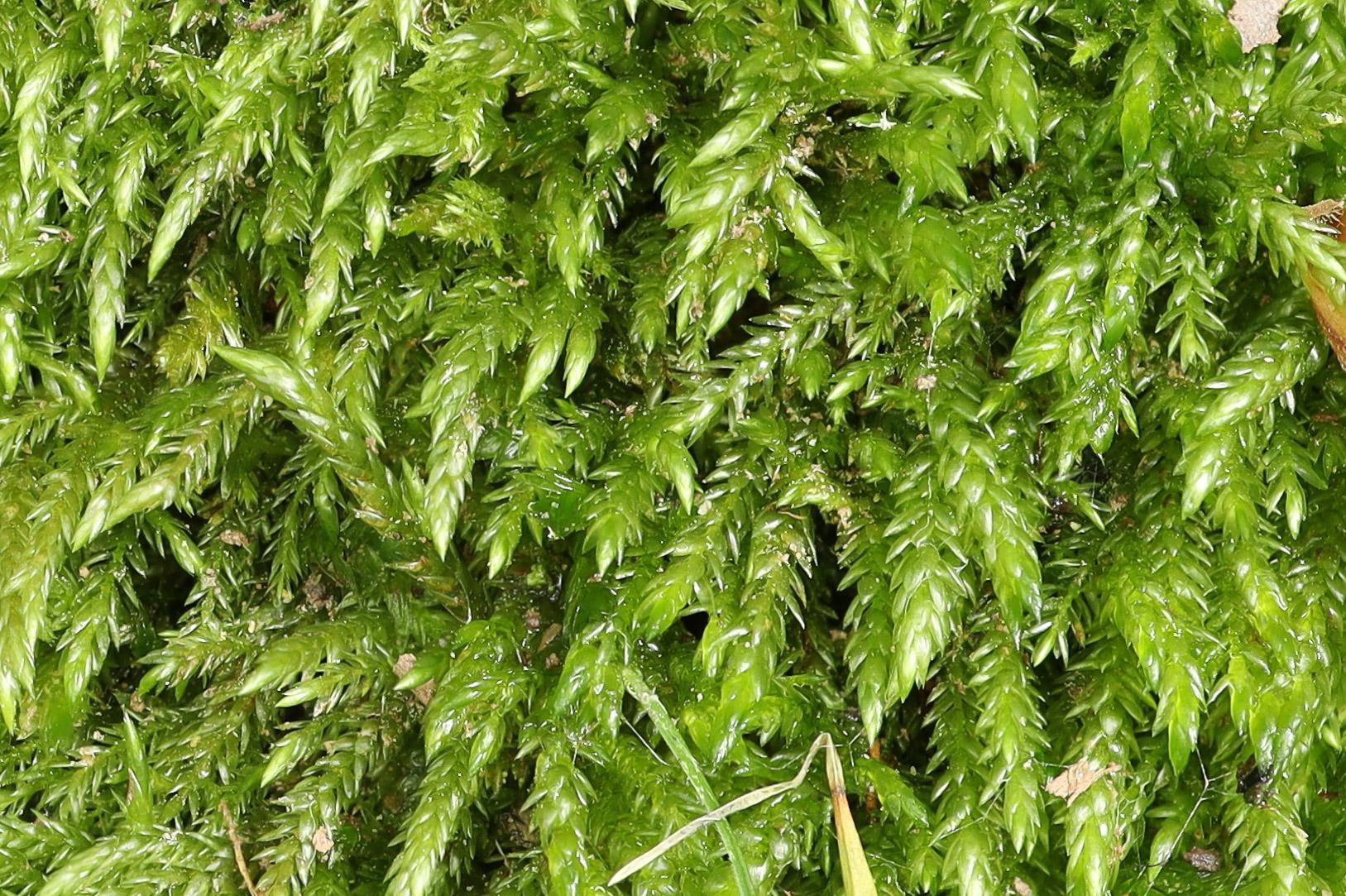
2020-06-22-14-00-56.jpg from: https://www.britishbryologicalsociety.org.uk/learning/species-finder/isothecium-alopecuroides/
Isothecium alopecuroides (Lam. ex Dubois) Isov., commonly known as Isothecium. This delicate yet resilient member of the Lembophyllaceae family has captured the hearts of moss enthusiasts worldwide, offering a fascinating glimpse into the intricate tapestry of nature’s smallest wonders.
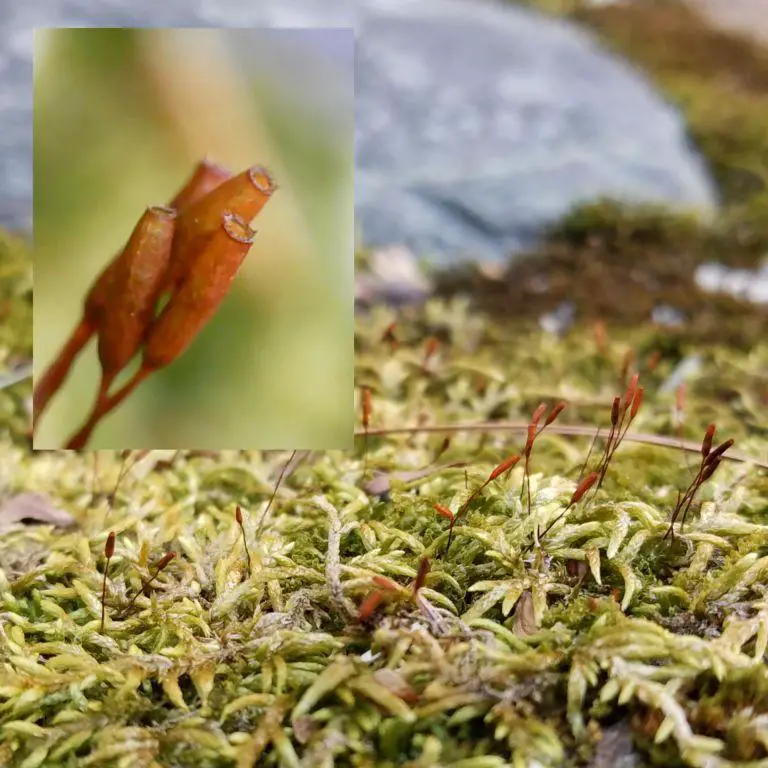
InShot_20200224_091215256.jpg from: https://ukrbin.com/index.php?id=367282&lang=0
Background
Before delving into the intricacies of this remarkable moss, it’s essential to understand the broader context in which it thrives. Bryophytes, comprising mosses, liverworts, and hornworts, are among the oldest and most primitive land plants on Earth. These diminutive yet mighty organisms have played a crucial role in the evolution of terrestrial ecosystems, paving the way for more complex plant life to flourish.
Main Content
Morphology and Identification
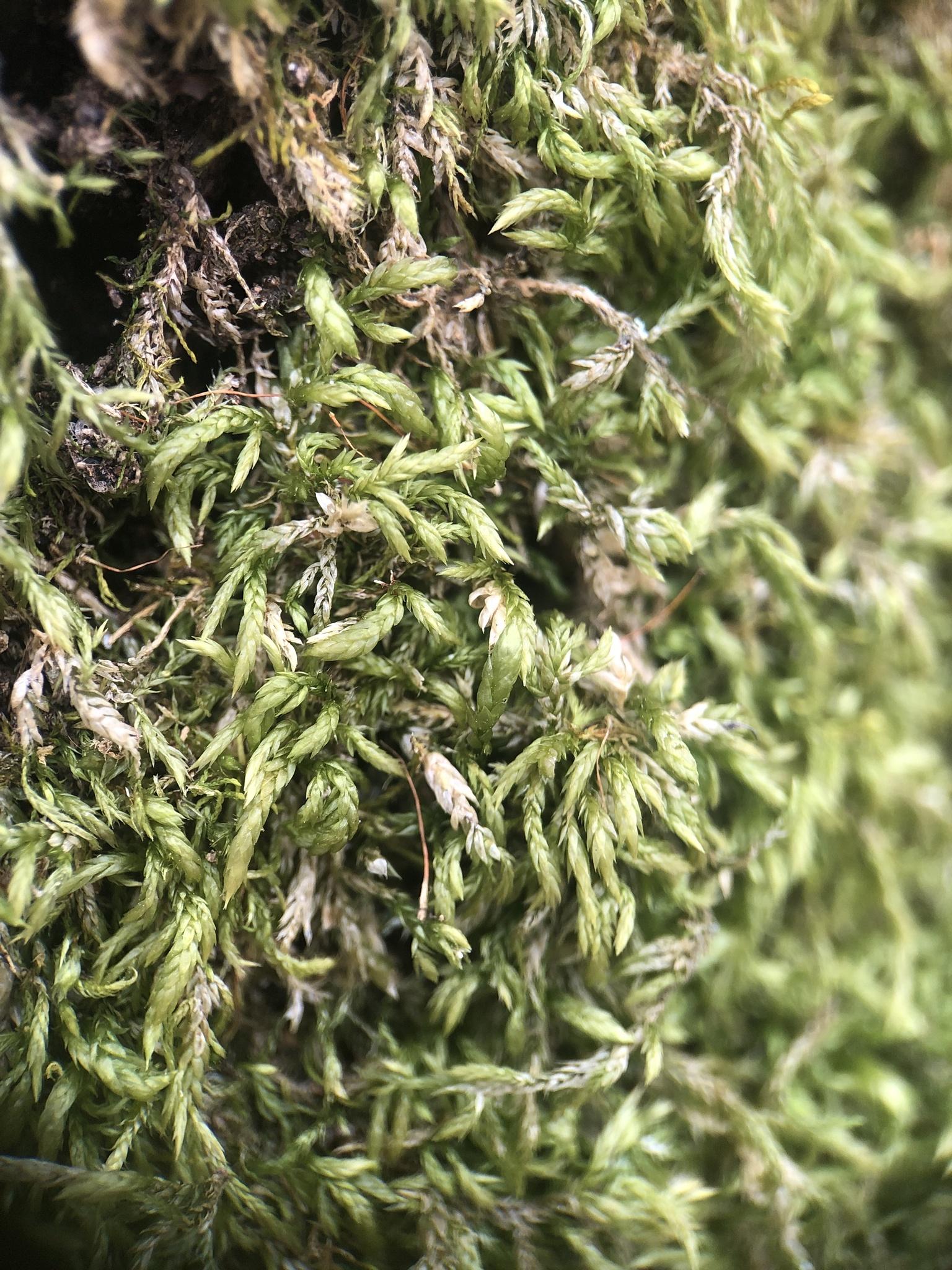
original.jpg from: https://www.gbif.org/es/species/2679735
The Isothecium alopecuroides is a pleurocarpous moss, meaning its stems grow horizontally along the substrate. Its slender, creeping stems are adorned with delicate, feathery leaves that create a lush, velvety carpet. The leaves are lanceolate in shape, tapering to a fine point, and often exhibit a distinctive golden-green hue that adds to the moss’s allure.
One of the most striking features of this moss is its sporophyte, the reproductive structure that produces spores. The seta (stalk) supporting the capsule is remarkably long and slender, giving the appearance of a miniature flagpole waving in the breeze. This unique characteristic makes Isothecium alopecuroides easily recognizable among its bryophyte brethren.
Global Distribution and Habitat
Isothecium alopecuroides is widely distributed across various regions of the world, including Europe, Asia, North America, and parts of Africa. It thrives in a diverse range of habitats, from moist and shaded forests to rocky outcrops and even urban environments, showcasing its remarkable adaptability.
This moss prefers acidic substrates and is often found growing on decaying logs, tree bark, and soil-covered rocks. Its ability to colonize a variety of surfaces and tolerate varying moisture levels contributes to its widespread distribution and ecological success.
Ecological Roles and Adaptations
Despite its diminutive size, Isothecium alopecuroides plays a vital role in maintaining the delicate balance of its ecosystems. As a pioneer species, it helps stabilize and enrich soils, creating favorable conditions for other plants to establish themselves.
Moreover, this moss serves as a crucial microhabitat for numerous invertebrates, providing shelter, food, and breeding grounds for a diverse array of tiny creatures. Its dense mats act as sponges, absorbing and retaining moisture, thereby regulating the local water cycle and preventing soil erosion.

1515_Isothecium_alopecuroides_2010_03_28_2186.jpg from: https://www.bryo.cz/index.php?p=mechorosty_foto&site=default&gallery=isothecium_alopecuroides&id=1515
One of the remarkable adaptations of Isothecium alopecuroides is its ability to withstand desiccation. During periods of drought, the moss can enter a state of dormancy, curling its leaves inward to minimize water loss. Once moisture returns, it quickly revives, showcasing its resilience and ability to thrive in challenging environments.
Case Studies/Examples
In a recent study conducted in the Appalachian Mountains of North America, researchers discovered that Isothecium alopecuroides played a crucial role in facilitating the growth and establishment of various tree seedlings. The moss’s dense mats provided a nurturing environment, retaining moisture and nutrients, allowing the delicate seedlings to take root and flourish.
Another fascinating example comes from urban environments, where Isothecium alopecuroides has been observed colonizing concrete surfaces and even growing on the sides of buildings. This remarkable ability to adapt to human-made structures highlights the moss’s versatility and resilience, reminding us that nature can find a way to thrive even in the most unexpected places.
Technical Table
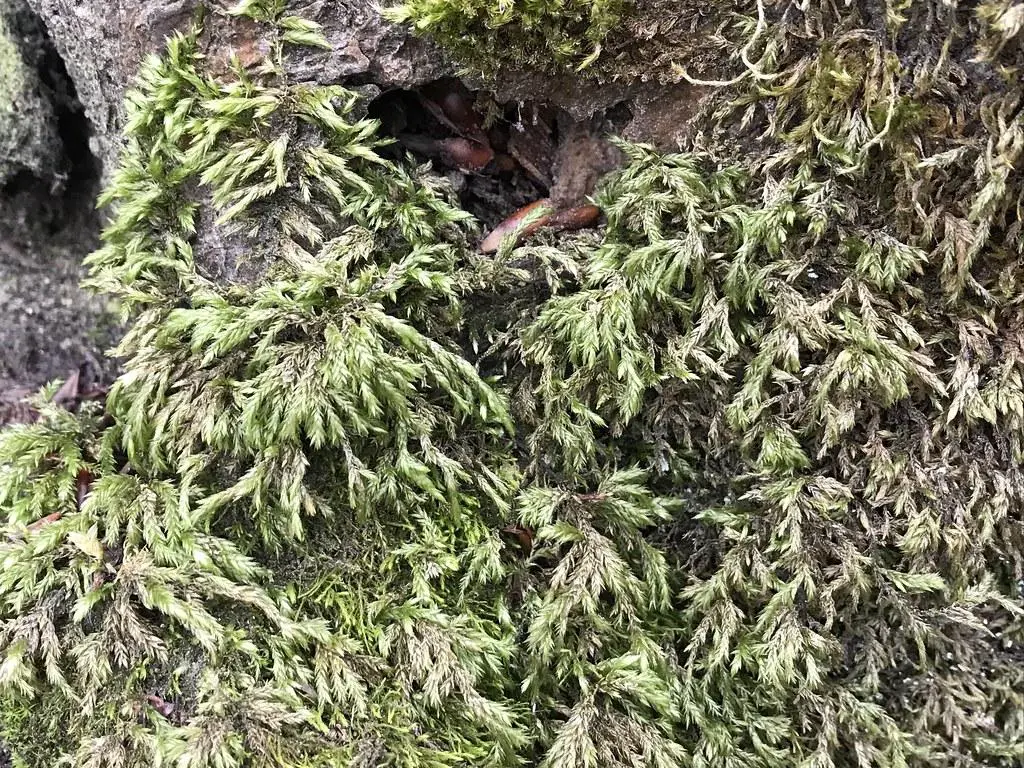
52742244664_61685d28c6_b.jpg from: https://www.flickr.com/photos/12639178@N07/52742244664/
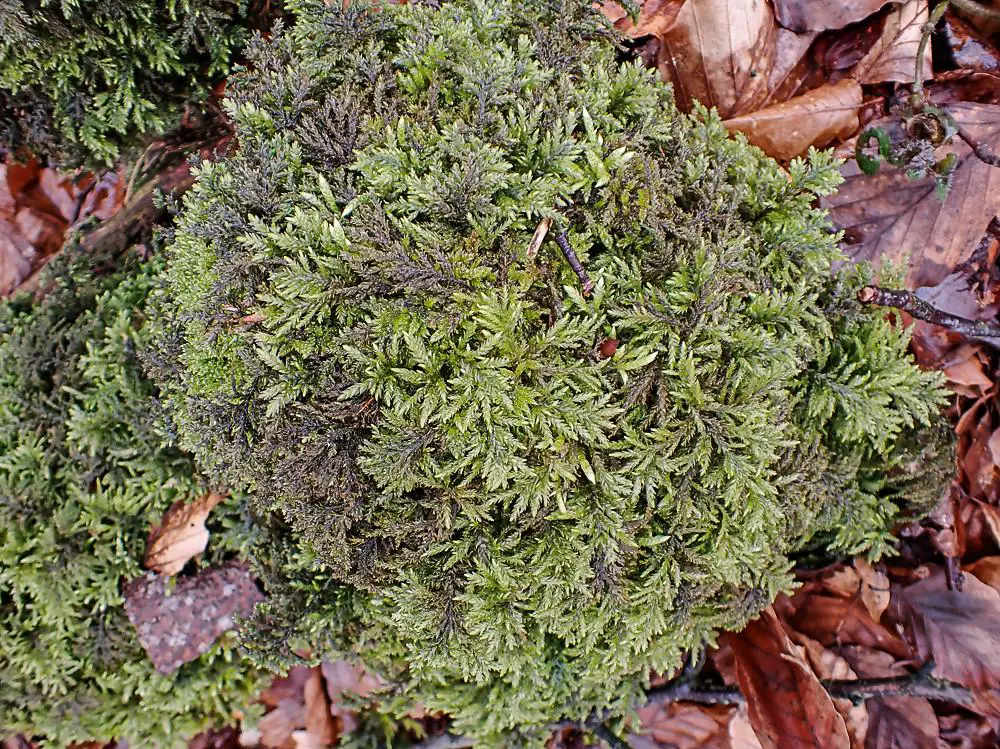
51103473292_578f9031ea_b.jpg from: https://www.flickr.com/photos/12639178@N07/51103473292/
| Characteristic | Description |
|---|---|
| Scientific Name | Isothecium alopecuroides (Lam. ex Dubois) Isov. |
| Family | Lembophyllaceae |
| Growth Form | Pleurocarpous |
| Leaf Shape | Lanceolate |
| Leaf Color | Golden-green |
| Sporophyte | Long, slender seta supporting capsule |
| Habitat | Acidic substrates, decaying logs, tree bark, soil-covered rocks |
| Distribution | Europe, Asia, North America, parts of Africa |
Ecological Roles
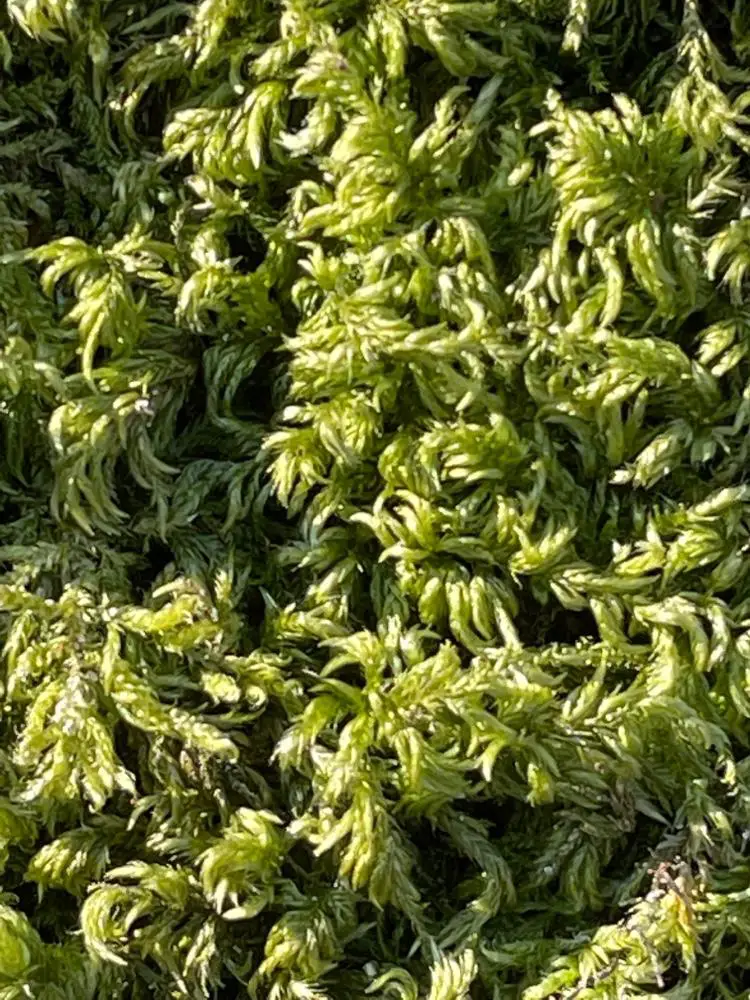 46679711.jpg from: https://waarneming.nl/waarneming/view/234582944?_popup=1 |
Soil stabilization, microhabitat provision, moisture regulation |
| Adaptations | Desiccation tolerance, colonization of various substrates |
Conclusion
The Isothecium alopecuroides (Lam. ex Dubois) Isov., or simply Isothecium, is a true marvel of the bryophyte world. Its delicate beauty, ecological significance, and remarkable adaptations make it a fascinating subject of study for moss enthusiasts and naturalists alike. As we continue to explore and appreciate the intricate tapestry of life on our planet, this unassuming moss serves as a reminder of the incredible diversity and resilience that can be found in even the smallest of organisms.

isothecium-alopecuroides-globuli.jpg from: https://www.remedia-homeopathy.com/shop/isothecium-alopecuroides-c30-globule/a9140122
Ponder this: In a world where towering trees and vibrant flowers often steal the spotlight, what lessons can we learn from the humble Isothecium alopecuroides

655086.jpg from: https://waarnemingen.be/species/17444/
about perseverance, adaptation, and the interconnectedness of all life forms?
